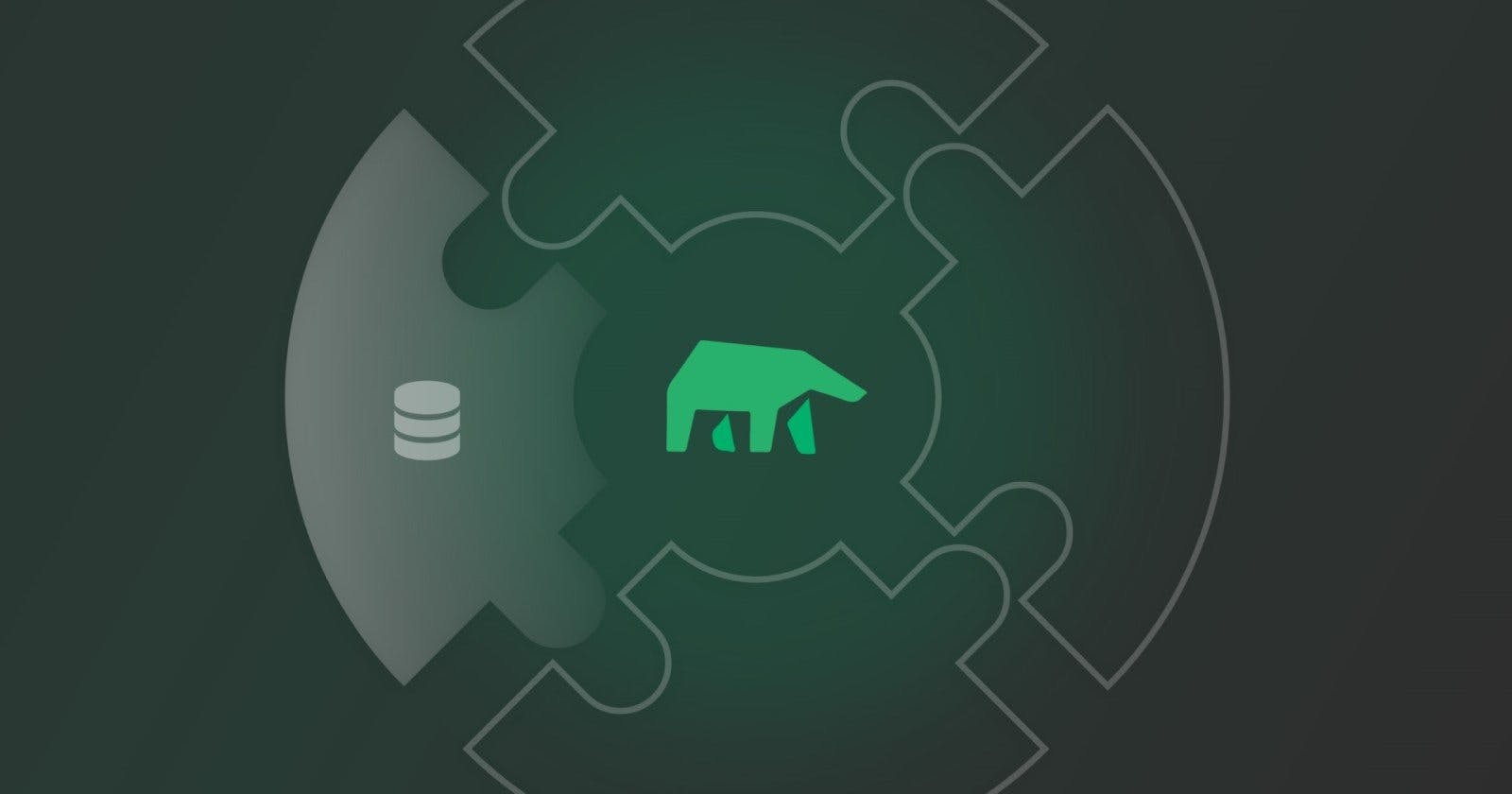Best Practices For Data and Machine Learning Operations

As more companies leverage machine learning to glean actionable insights from their data, the associated methodology continues to mature. Once deployed into production, ML models don’t become immutable. Instead, they require consistent re-training and modification to improve their efficacy over time.
This iterative process needs to be sharply defined to be truly effective. Machine learning operations – or MLOps – grew out of the necessity to proactively manage the use of this AI offshoot at the enterprise. This approach helps companies benefit from the promise of machine learning instead of merely throwing dollars at the emerging practice.
With the successful use of machine learning in mind, check out these best practices for MLOps. This advice focuses on the processes involved in data collection, machine resource management, as well as the cybersecurity considerations related to DevSecOps. Following these insights ensures your organization takes full advantage of one of the most important technology innovations in the industry.
Optimizing Data Collection for Machine Learning Operations
The overall quality of any machine learning model depends on the data used to train it. Because of this, companies crafting ML models must take extra care to optimize their data collection processes. It’s also critical to identify the right data elements suitable for training models. Ultimately, this identification process depends on the machine learning use cases, including the operational objectives that are the reason for creating the models.
Once the data sets are defined, your project team determines appropriate sources for the data. As part of this effort, the frequency in which the data gets updated is also considered. In fact, real-time data might be a requirement, increasing the overall complexity of any project. Any data preparation and cleaning processes also matter, including procedures to vet the overall quality and accuracy of the data.
An iterative process to test the data collection procedures ensures the accuracy of the project team’s assumptions on the data elements and their sources. Your project team also identifies the data usage patterns, including any processing or calculations necessary required by the machine learning model. In many cases, this happens in tandem with training the model.
Additionally, scalability needs to be considered as part of any MLOps approach. An exceptional model adds little business value if unable to be run against massive amounts of real-time data. In the end, the architected data pipelines and chosen data platform need sufficient horsepower and network bandwidth to be truly considered “production ready.”
The Importance of Machine Resource Management in MLOps
Machine resource management in MLOps plays a key role in the overall performance and scalability of the ML models, the data pipelines, and the systems using them. Because of this need, businesses typically leverage cloud-based resources for their machine learning pipelines. These ML pipelines generally include everything from the data extraction and cleaning processes all the way to provisioning the services used to run the ML models.
Not surprisingly, agility and flexibility lie at the heart of machine resource management in a cloud-based MLOps environment. The other advantages of cloud infrastructures also apply, including cost savings and the ability of ML and business domain experts to focus on crafting effective models as opposed to dealing with server issues. Additionally, the use of virtualization makes it easy to quickly create and test experimental pipelines during the development phase of a ML project.
Once the ML pipelines and models are deployed into production, a cloud approach to machine resource management offers other significant benefits. For example, fast updates to production deployments are possible, which is critical for any iterative ML development process. Notably, the cloud also makes it easier to replicate machine learning services to data centers located across the globe. This approach to the production serving infrastructure results in lower latency; providing a more responsive experience to users no matter their location.
The Benefits of Collaboration Between MLOps and DevSecOps
Obviously, cybersecurity must be considered as part of any machine learning development process. Assume nefarious online actors are attracted to the copious amounts of data used in ML projects. Because of this acute risk, companies need to consider the close collaboration of their MLOps and DevSecOps teams throughout the project lifecycle.
DevSecOps teams typically leverage Continuous Delivery (CD) and Continuous Integration (CI) to deploy software updates in an efficient and secure fashion. Adopting CD and CI also makes sense for the deployment of ML pipelines into production. The use of automation provides the agility for machine learning teams to quickly react to market changes; ensuring the overall effectiveness of any deployed ML model.
Ultimately, the security and agility gained by adopting DevSecOps principles makes a perfect fit for any MLOps practice. It’s a best practice worthy of your consideration.
If your organization has an idea for a project leveraging the promise of machine learning, connect with our team at MindsDB. As industry leaders in AI and ML, we bring both expertise and experience to help craft a successful project for you. Schedule some time with us at your earliest convenience.
For a limited time, you can try MindsDB to connect to data sources, train models, and run predictions in the cloud. Simply create an account here, it’s free to try, and our team is available on Slack and Github for feedback and support. Check it out and let us know what predictions you come up with.
If this article was helpful, please give us a GitHub star here.